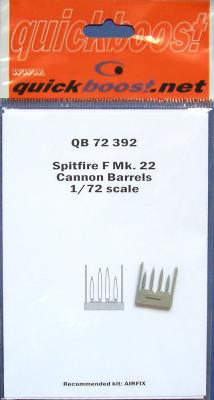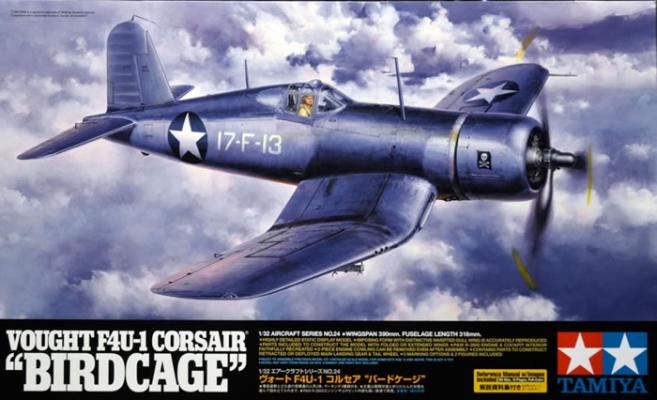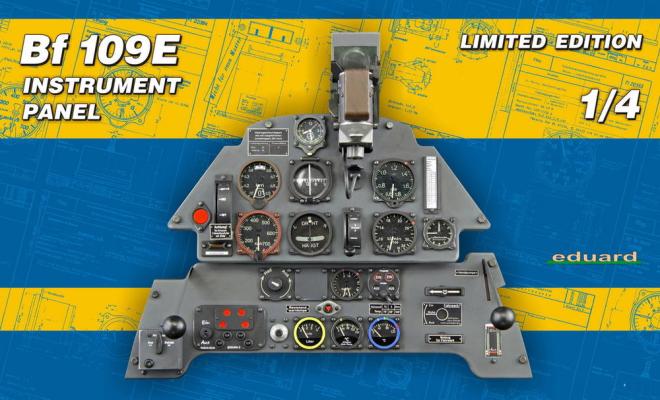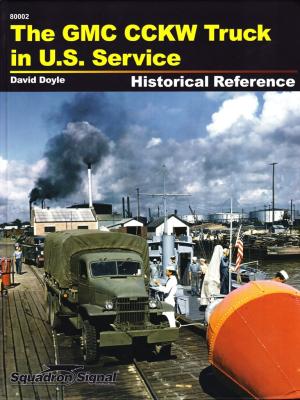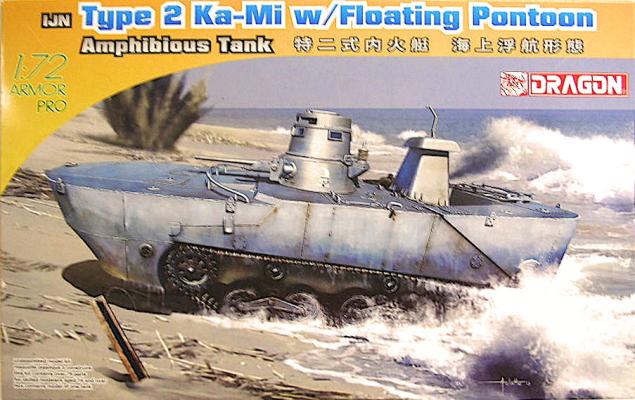One of the criticisms I've read about the 1/72 scale Airfix Spitfire Mk.22 is the cannons are not quite the right shape or length. Apart from this deficiency, the Airfix Spitfire is an excellent kit and a great value for your money.
If you want to improve this model's looks and accuracy, however, Quickboost has a remedy. Their replacement resin cannons are drop-ins for the original kit pieces. Based on photos I saw, they capture the shape and size of the real thing. The kit's outboard cannons are too short, both barrels seem too bulbous, and both have an out of scale extension on the tip. Also, the resin replacements have no seam lines to eliminate – a definite plus, since the kit parts have large sprue gates. Smoothing out these sprue attachment points presents the possibility of deforming the circular barrels. Overall, the Quickboost cannon barrels look more refined and in scale. Check out the photos to see what I mean.











